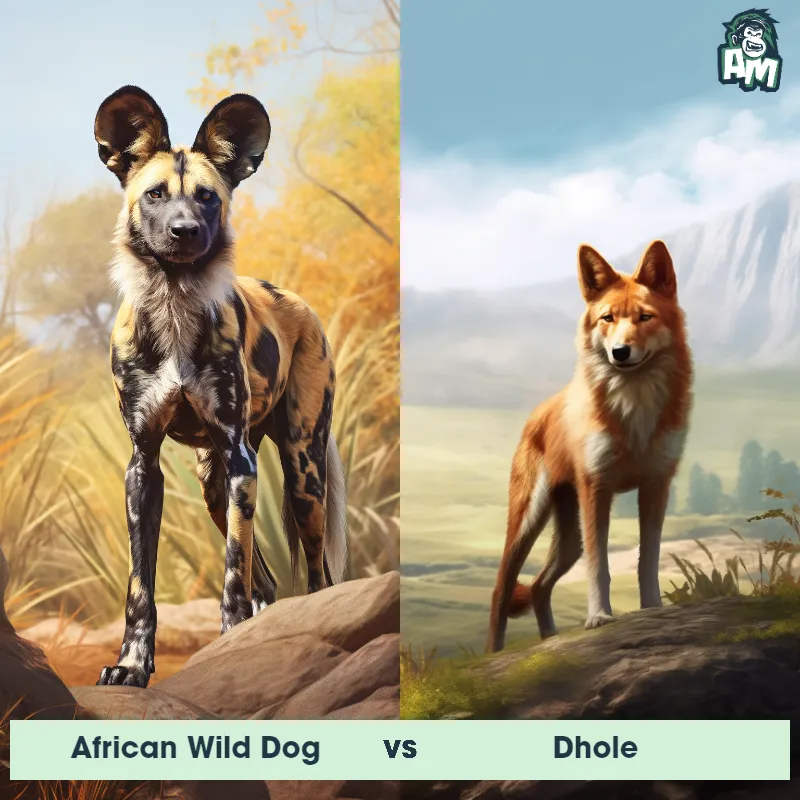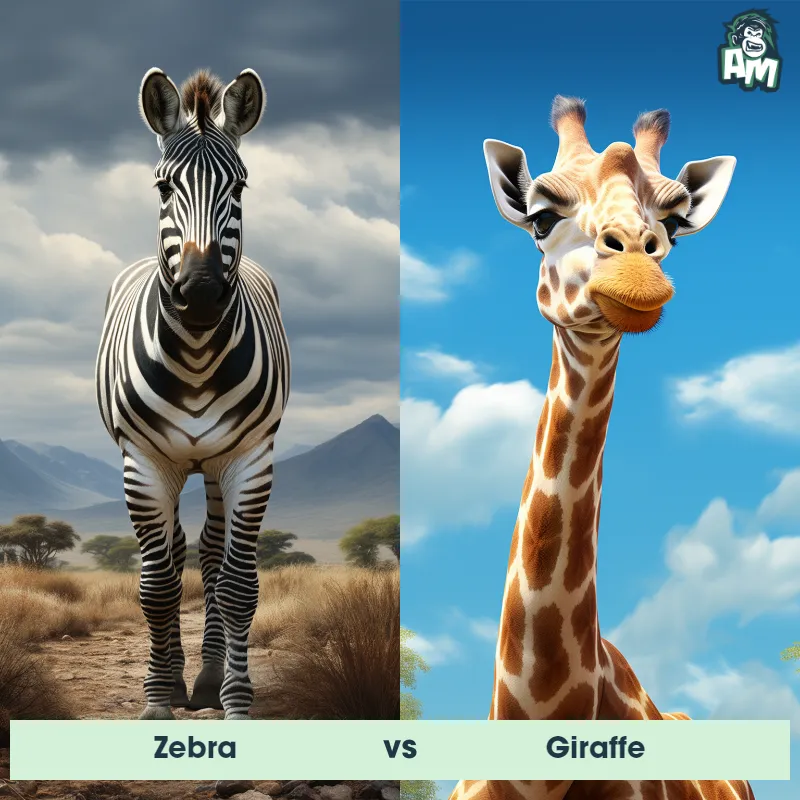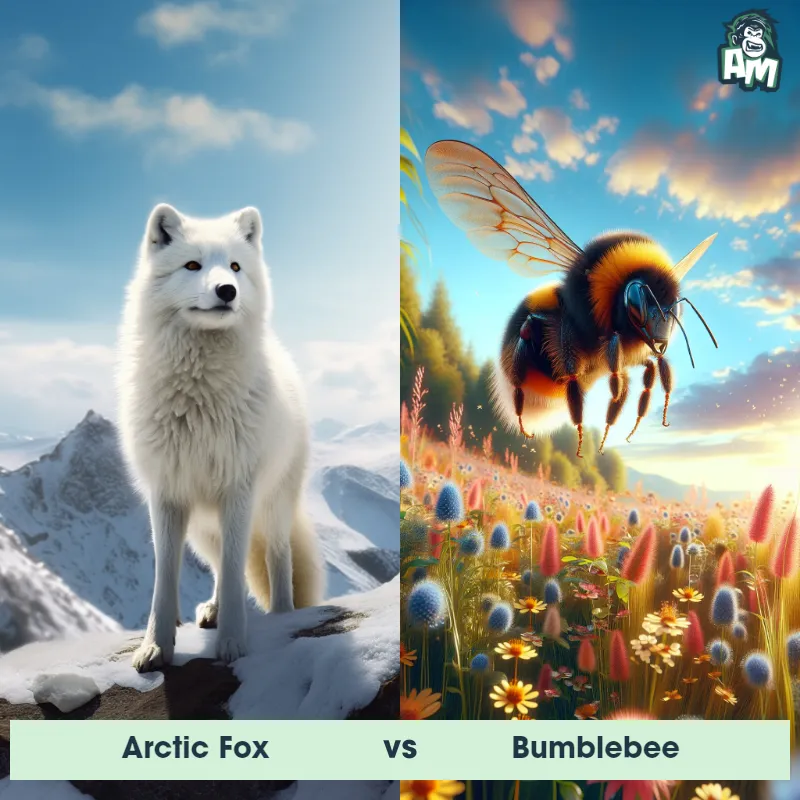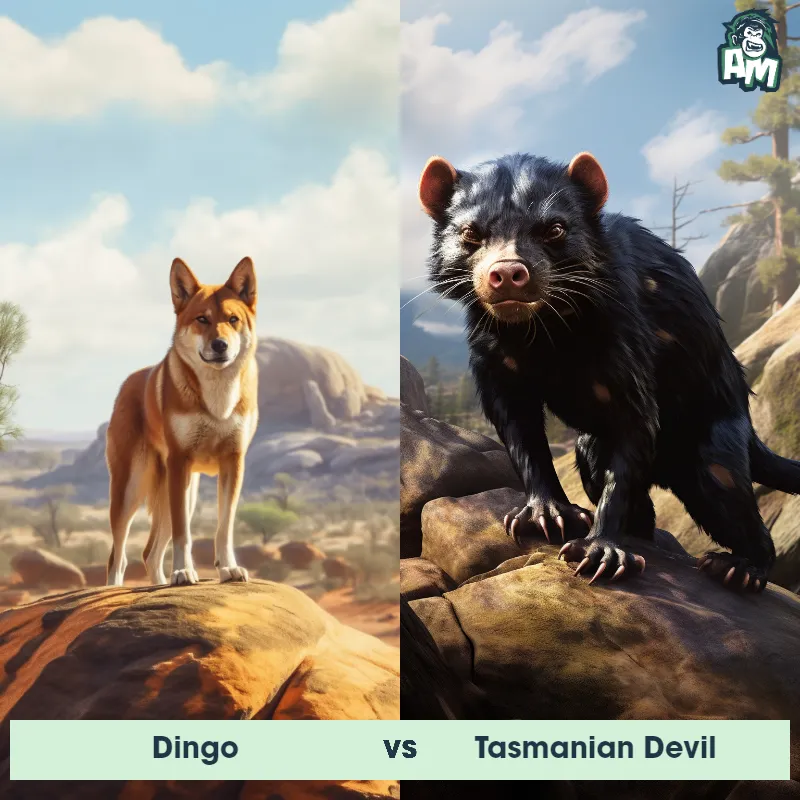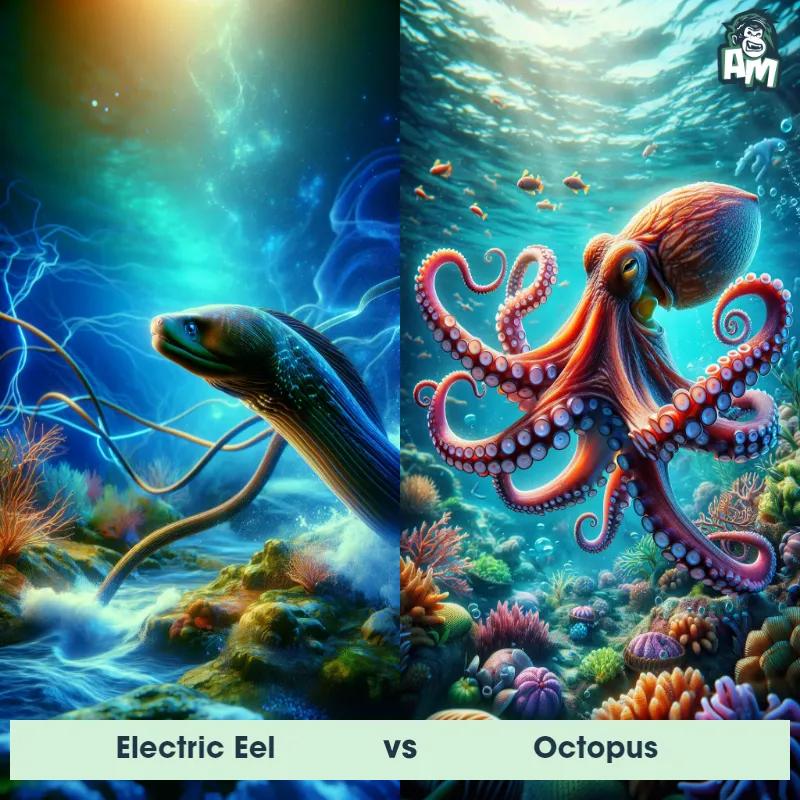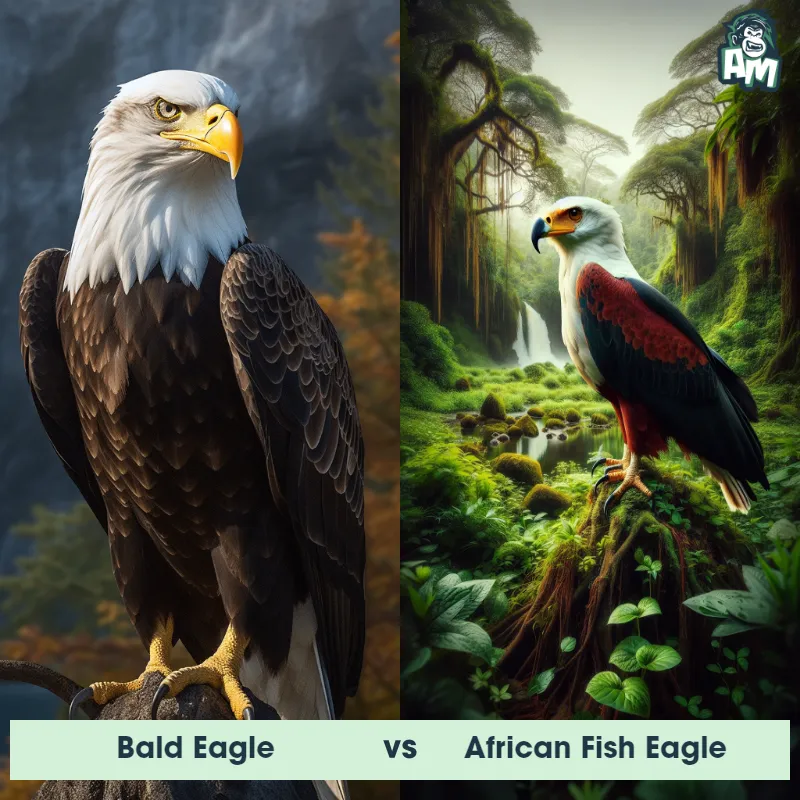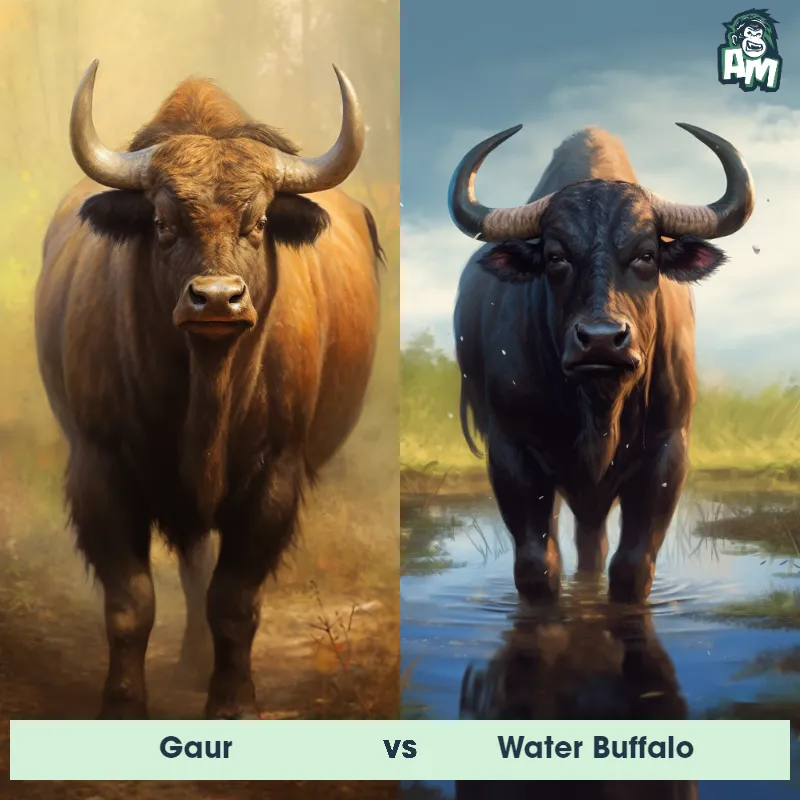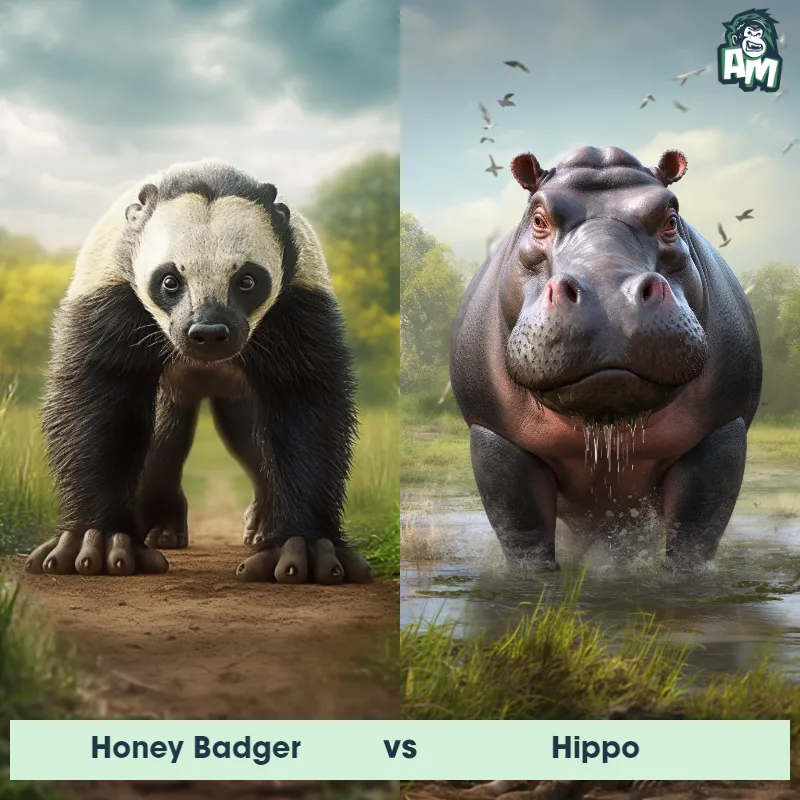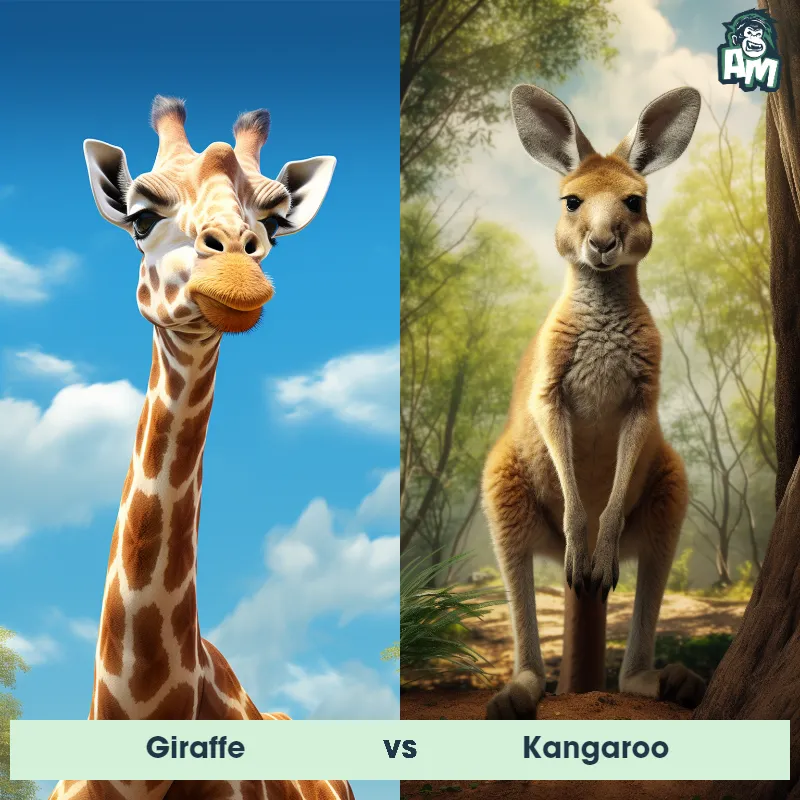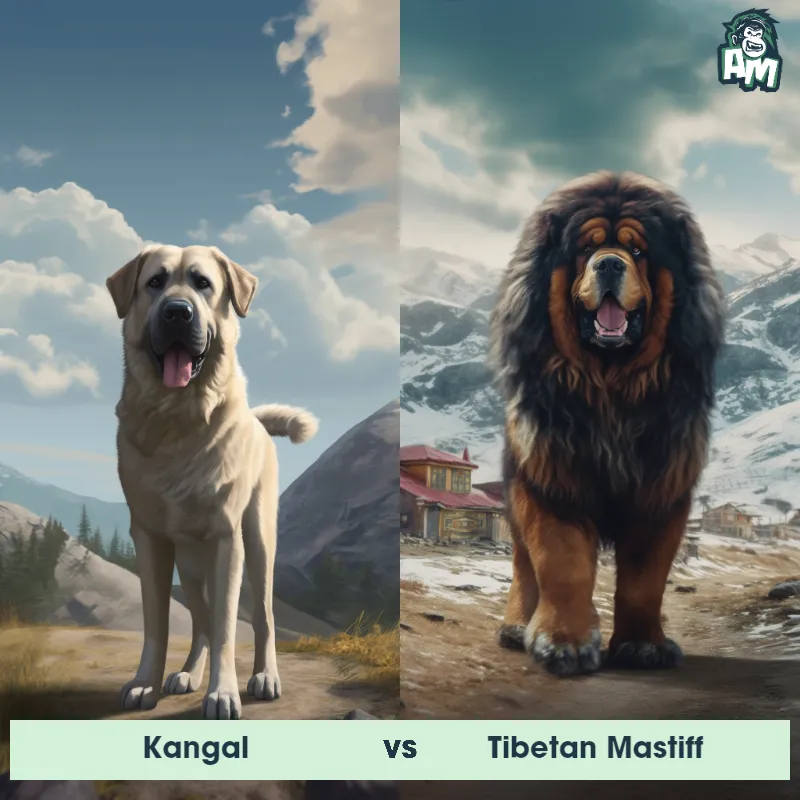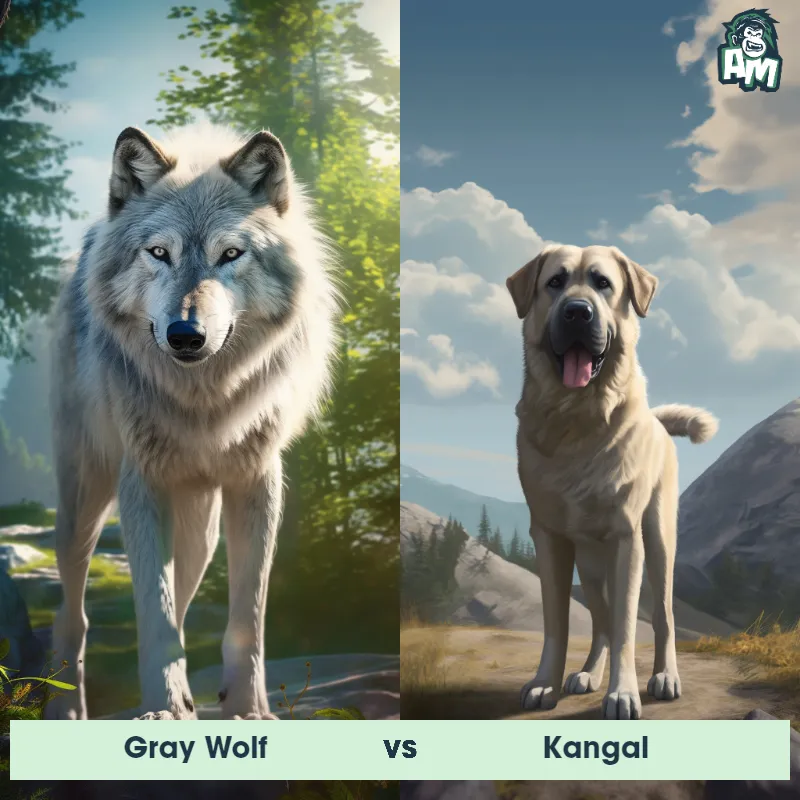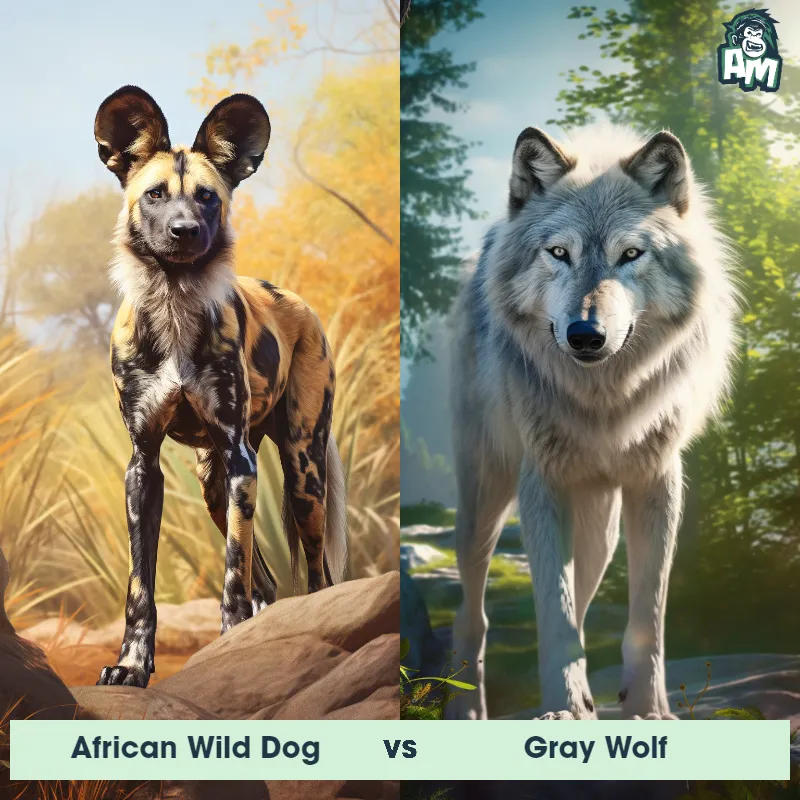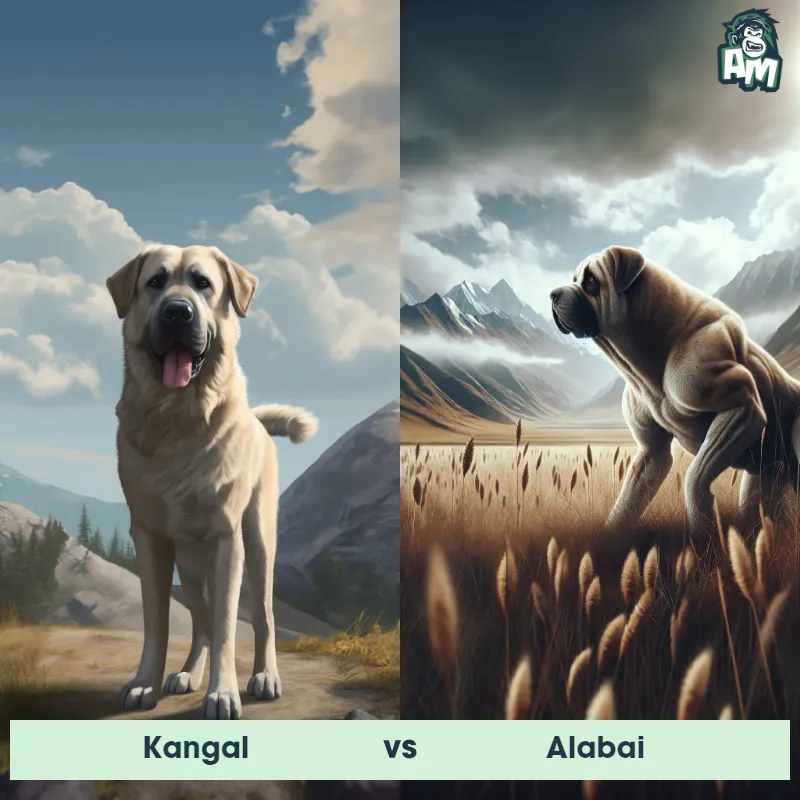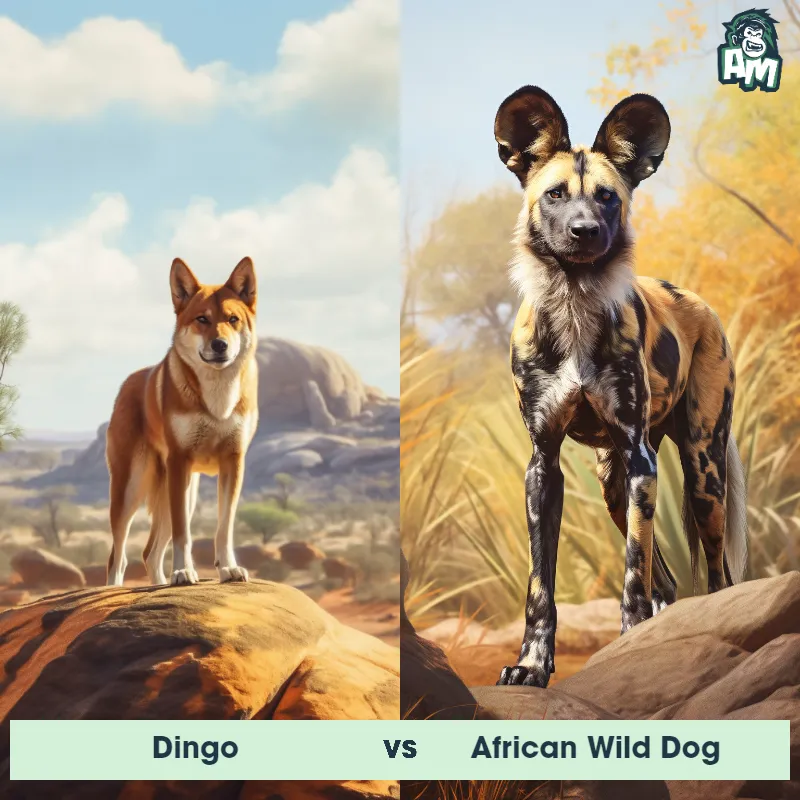Snow Leopard vs Tibetan MastiffSee Who Wins

Ladies and gentlemen, welcome to this thrilling matchup between two magnificent creatures of the animal kingdom! In one corner, we have the agile and elusive Snow Leopard, known for its breathtaking speed and cunning tactics. And in the other corner, we have the robust and powerful Tibetan Mastiff, revered for its sheer strength and unwavering determination. Get ready for an epic battle between these fierce competitors!
Contender 1: Snow Leopard
The Snow Leopard, also known as the "Ghost of the Mountains," is a large cat native to the mountain ranges of Central and South Asia. They have a thick, grayish-white fur coat with black spots that helps them blend into their snowy habitat. Snow Leopards have powerful legs and can jump up to 50 feet in one leap. They are also known for their long, bushy tails that help them maintain balance while navigating steep terrain.
Fun Fact: Snow Leopards are excellent climbers and can scale steep cliffs and rocky terrain with ease, thanks to their powerful legs and large paws that act like natural snowshoes.
Contender 2: Tibetan Mastiff
The Tibetan Mastiff is a large and powerful breed of dog that originated in Tibet. They are known for their thick, fluffy coats that come in a variety of colors, including black, brown, and gold. These dogs are fiercely loyal and protective of their families, making them excellent guard dogs. They are also independent and stubborn, which can make training a challenge.
Fun Fact: Tibetan Mastiffs were originally bred to protect livestock from predators like wolves and bears, and they are still used for this purpose in some parts of the world today.
Matchup Stats
| Snow Leopard | Tibetan Mastiff | |
|---|---|---|
| Size | 2-2.5 feet (60-75 cm) at the shoulder | 26-30 inches (66-76 cm) at the shoulder |
| Weight | 60-120 pounds (27-54 kg) | 100-160 pounds (45-73 kg) |
| Speed | Speed: 40 mph (64.37 km/hr) | Speed: 20 mph (32.19 km/hr) |
| Key Strength | Powerful legs and sharp claws | Bite force and size |
| Biggest Weakness | Vulnerable to larger predators | Agility and speed |
Current Votes
Snow Leopard vs Tibetan Mastiff
See Who Wins
View More Matches
Looking For More?
Similar Matches
Scientific Stats
| Snow Leopard | Tibetan Mastiff | |
|---|---|---|
| Scientific Name | Panthera uncia | Canis lupus familiaris |
| Family | Felidae | Canidae |
| Habitat | Mountain ranges | Domesticated |
| Geography | Central and South Asia | Tibet |
| Diet | Mainly wild sheep and goats | High-quality dog food, meat, and vegetables |
| Lifespan | 10 years - 12 years | 10 years - 14 years |
Key Differences between Snow Leopard and Tibetan Mastiff
- Fur color: Snow leopards have a stunning grayish-white fur, providing excellent camouflage in their mountainous habitat. Tibetan Mastiffs, on the other hand, display a wide range of colors including black, brown, golden, or a combination of these shades.
- Body shape: Snow leopards have a slender and agile build, with long and flexible bodies built for climbing. In contrast, Tibetan Mastiffs have a robust and muscular body, more suited for guarding and endurance.
- Coat texture: Snow leopards have a dense and soft coat that helps them endure extreme cold. Tibetan Mastiffs have a thick double coat, with a coarse, straight outer layer and a dense, woolly undercoat.
- Size: Snow leopards are generally smaller in size compared to Tibetan Mastiffs. Snow leopards typically weigh between 60 to 120 pounds (27 to 55 kg), while Tibetan Mastiffs can weigh up to 160 pounds (72 kg) or more.
- Tail length: Snow leopards possess a relatively long tail, typically measuring between 35 to 39 inches (90 to 100 cm), which aids in balancing on rocky terrain. Tibetan Mastiffs have a moderately long, bushy tail that can reach up to 18 inches (45 cm).
- Facial features: Snow leopards have distinctive, expressive green or gray eyes, with their small rounded ears set proportionally on their head. Tibetan Mastiffs possess large, deep-set eyes that can be brown or hazel, and they have distinctive pendant-shaped ears that hang down alongside their face.



